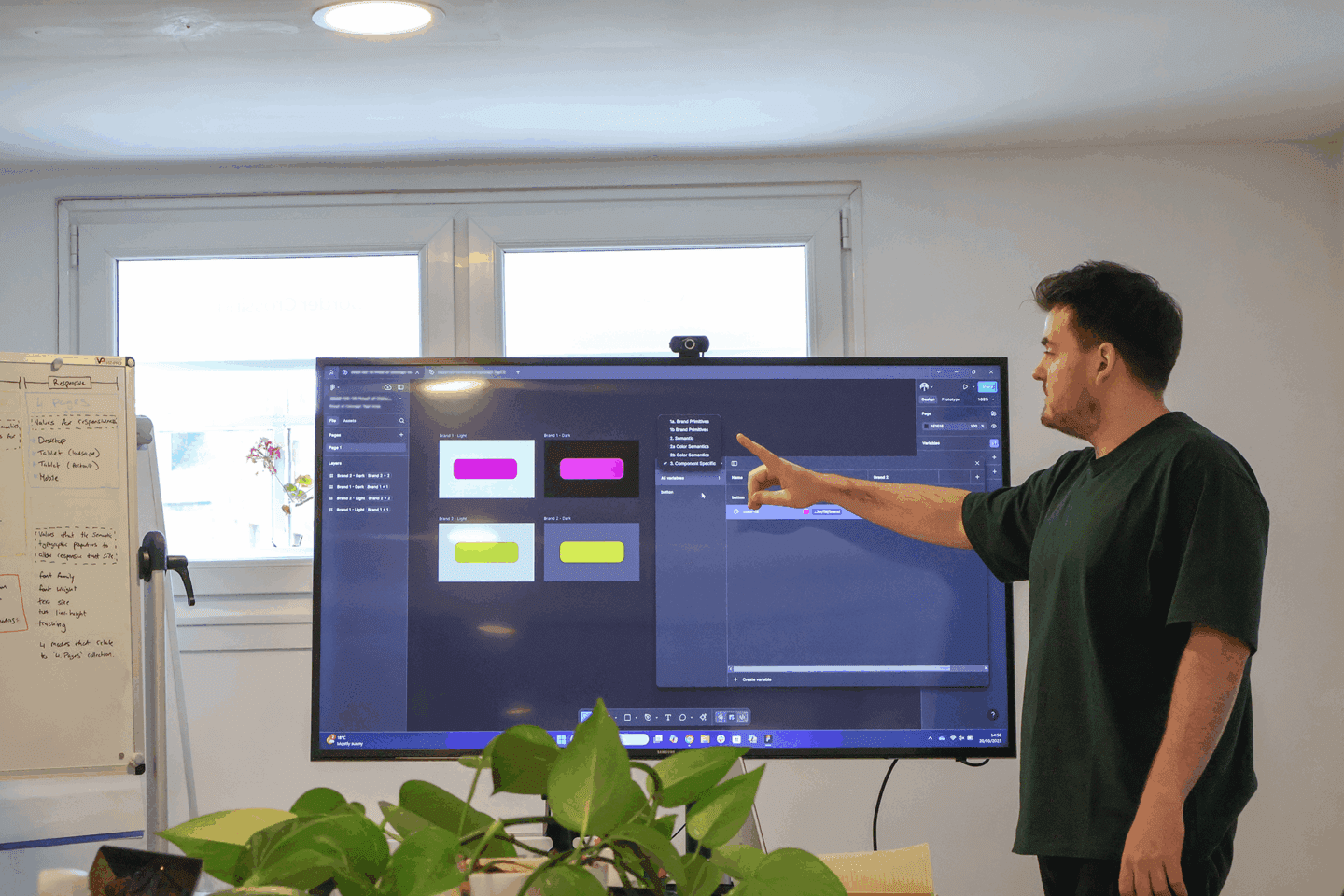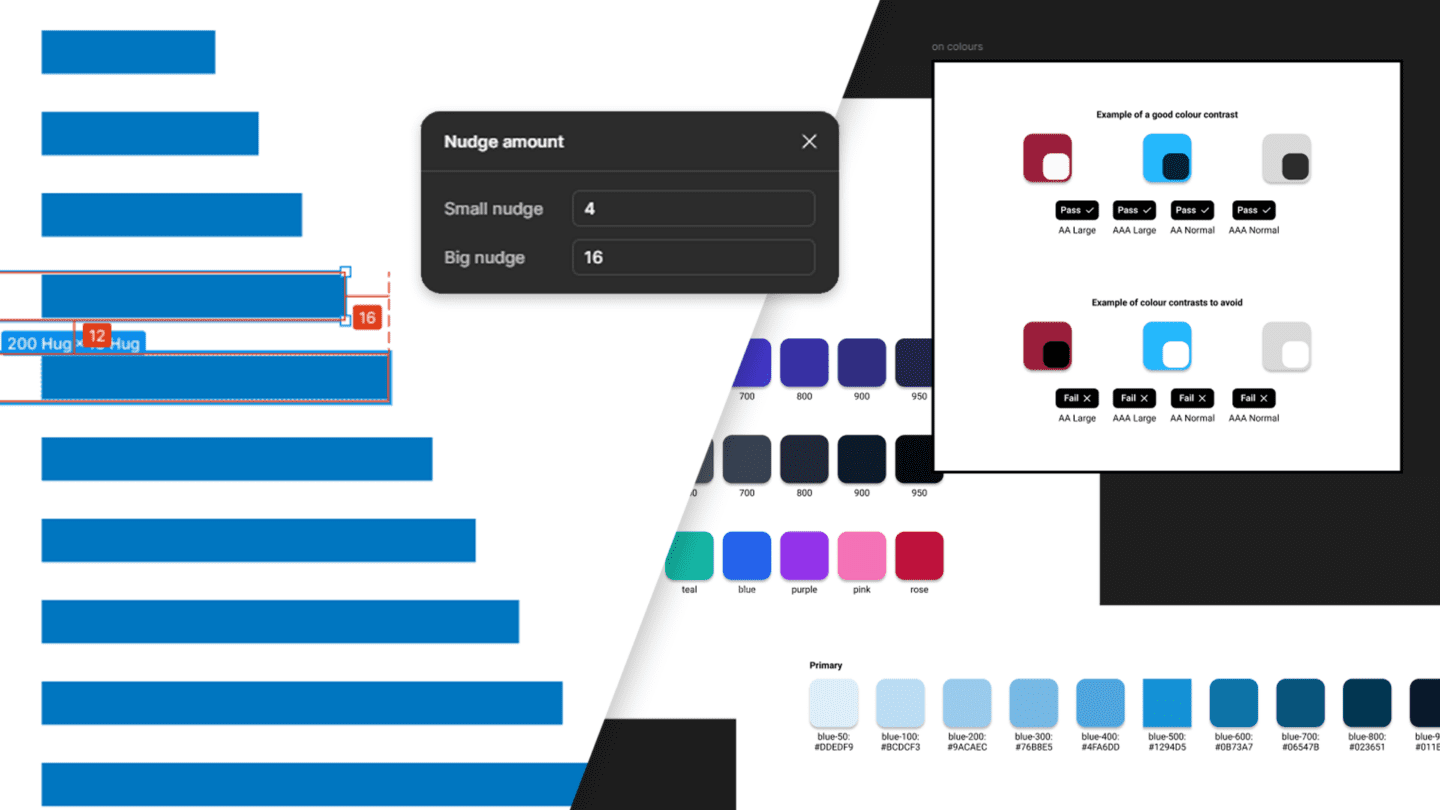Lightning talks are a brilliant way to harness and share internal and external expertise. If you’ve participated in a research or design sprint before, then you’ll know how powerful a good lightning talk can be. Done right, they should inspire and inform “how might we” brainstorming sessions, as well as help energise and align participants.
Whenever we facilitate a sprint, we spend quite a bit of time planning lightning talks. We’ll then work with presenters on their scripts and slides. The time invested in this is always well worth the effort, as the benefits can be huge.
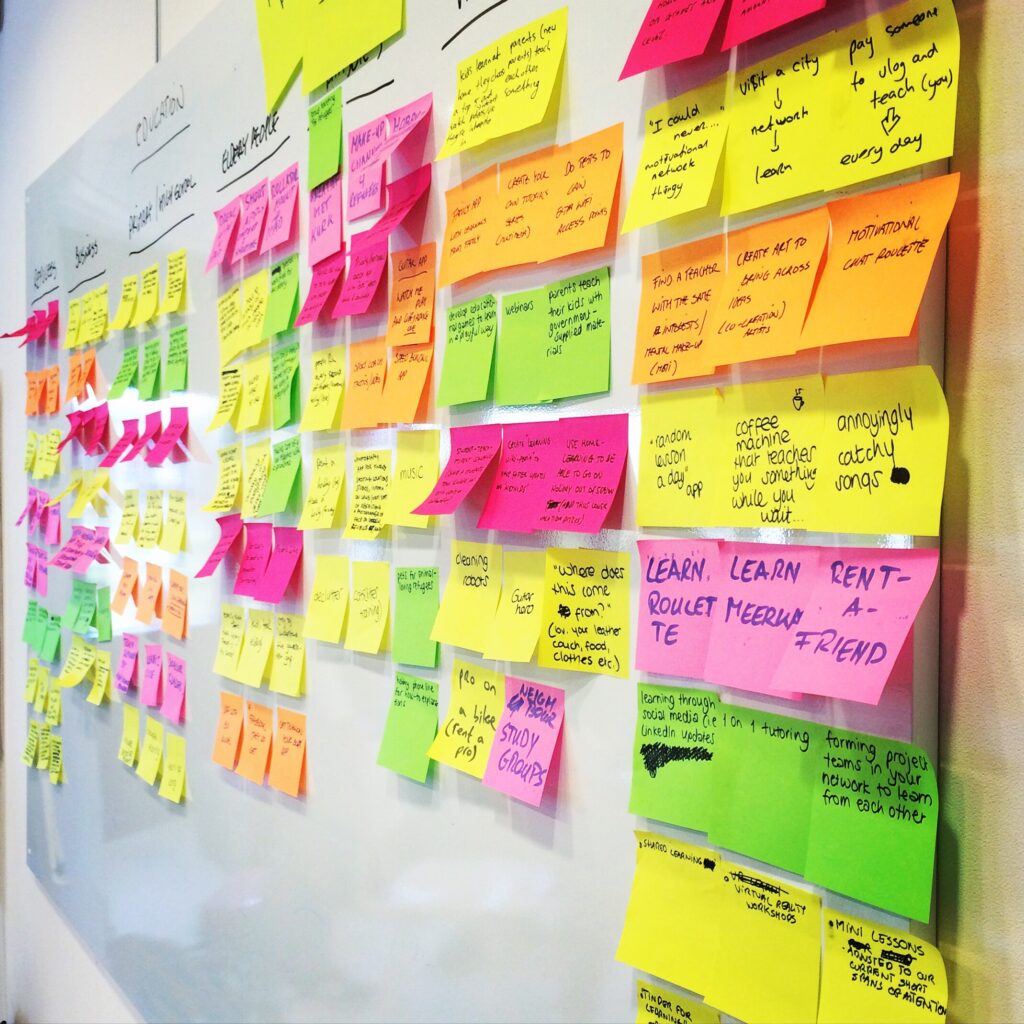
What is a lightning talk?
A lightning talk is a short, they tend to be 5-mins, but can be up to 15-mins, presentation that should provide participants with a broad overview of a topic. They’re deliberately fast-paced as the aim is for each lightning talk to be as informative and engaging as possible within this tight time constraint. Unlike a traditional presentation, it’s not about depth or comprehensiveness.
A lightning talk is more about providing a rapid overview of a highly relevant to the purpose, objective, and goals of your sprint.
As the underlying idea behind lightning talks is to compile a number of different speakers, each of whom will cover a different topic. So, participants get a broad overview of a range of relevant perspectives, opinions, and insights, as rapidly as possible.
Why do lightning talks?
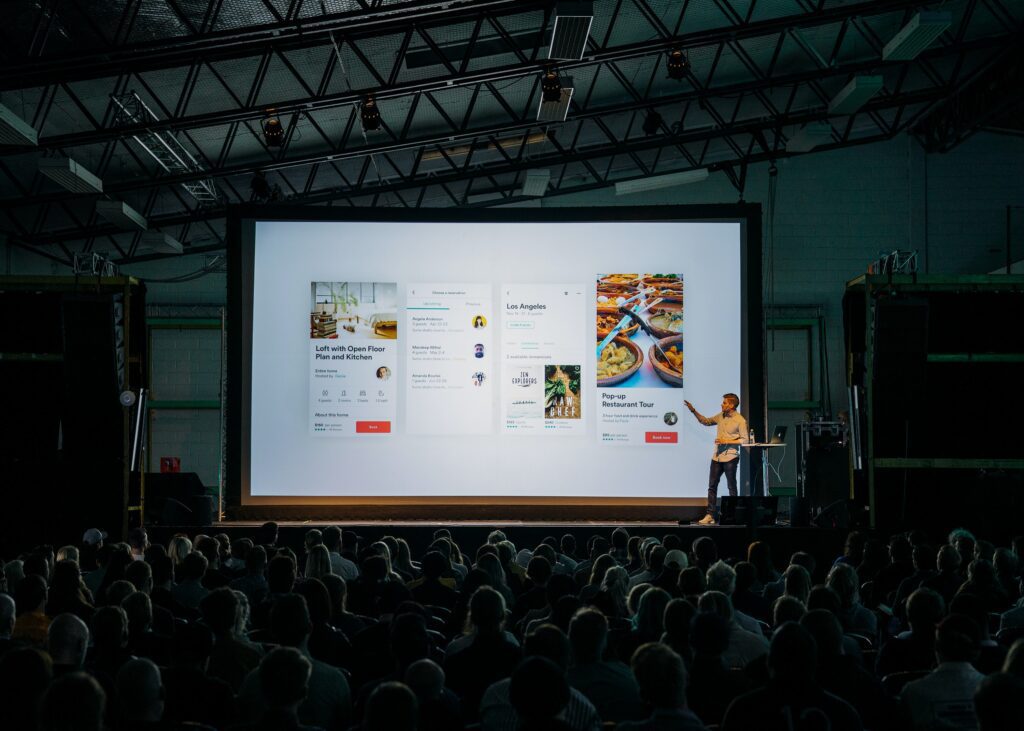
As mentioned, lightning talks are a really useful, and time-efficient, way to share knowledge and insights. But perhaps most importantly they provide you with the opportunity to:
- Establish focus on the key objectives or goals of your sprint
- Foster a shared or common understanding of key challenges, opportunities, and insights
- Get external stakeholders to inform the process, and its outputs
- Harness, or amplify internal knowledge, expertise, and insights
- Highlight key experts and areas of expertise that can be turned to/leaned on throughout the process
- Energise and inspire participants.
How we plan lightning talks
First, we’ll establish the objective and desired outcomes for a sprint. Without this, you just won’t know what topics will be relevant. Once the objective is defined, we’ll then brainstorm a list of topics that participants should have a shared understanding of, may not be familiar with, and/or require a fresh perspective on. We’ll ruthlessly prioritise these. As you simply can’t cover everything,
Once we’ve got a short-list of topics, we’ll then try to source speakers. It’s best to adopt this approach, as opposed to letting who’s available, or willing, dictate this. We’ll contact people as early as possible asking them to speak, so that they have as much lead time as possible. When we do this, we try to provide as the following information up-front:
- Explain the purpose of the sprint and why their input is key
- Explain the format and who will be participating
- Provide an overview of the topic we would like them to speak on
- Highlight the desired outcomes
- Detail the schedule (deadlines, practice slots, etc,) and ask them to attend key meetings, as well as the event itself
- Detail who else we are inviting to speak
- Share a relevant past example
- Provide time/date options to discuss things further.
The key thing is, give senior stakeholders and external participants as much notice as possible. It will result in a higher acceptance rate, and better lightning talks!
Prepping speakers and practising lightning talks
Once someone says yes, it is critical to keep in touch and ensure they have everything they need. If possible, always try and get a preview of the talk and the slides to be used. Offering practice runs is a great way to do this. That way you can ensure every speaker is delivering clear and informative talks that are focussed on a different topic, perspective, or insight.
Remember the point of the lightning talks is to prime participants and help ensure the sprint delivers the maximum value. So, be honest and direct with your feedback – even with senior or external stakeholders!
Here’s some of the key tips we share with speakers
- Don’t try and compress an existing talk or presentation into a shorter format – start with the key points you need to convey
- Focus on the essentials, you’ve only got time to make 3-5 key points
- Do not worry about the small things/you don’t have to detail everything
- Be direct … it’s a safe space to share perspectives and opinions
- Do not talk faster, cut content
- Beware of clutter / volume of content per slide
- Consider putting slides on auto-transition
- Slides are optional
- And most importantly, practise, practise, practise (with a timer!)
Enhance lightning talks with artefacts and sources of further information
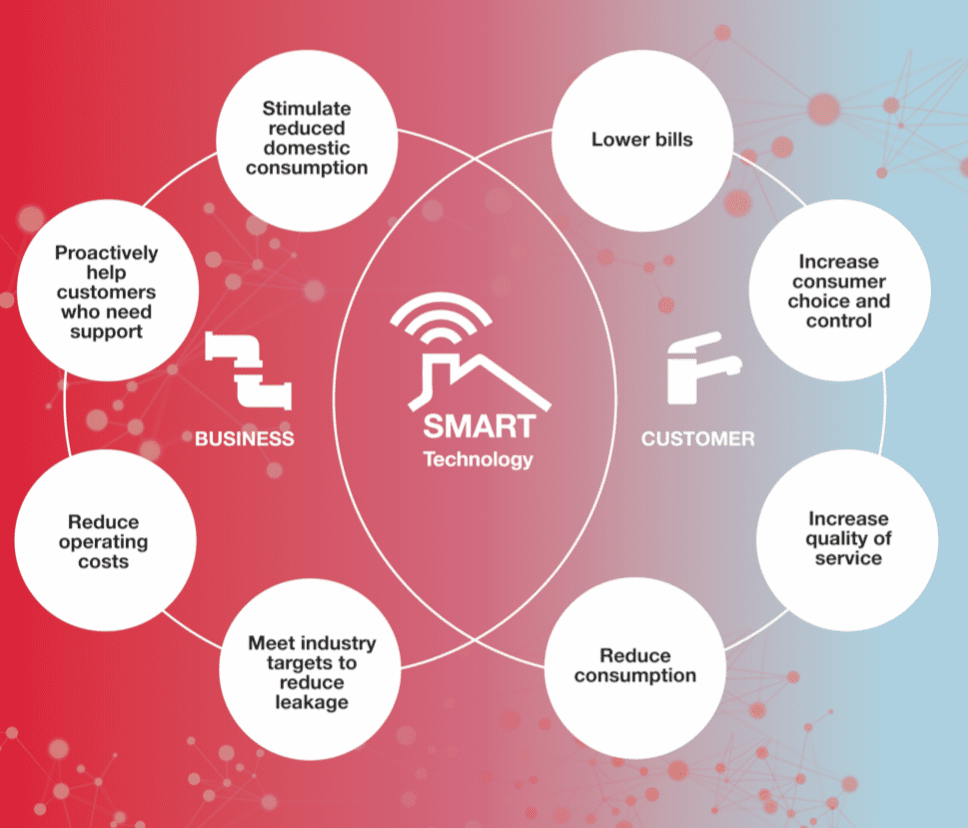
If you’d like to share additional relevant information or can’t cover everything you want to in your lightning talks, consider these fallback tactics:
- Prepare a PPT or Word document that summarises key information and sources of further information– make this available before and during the sprint, so it can be referenced and added to throughout the process.
- For on-site sprints, develop posters that summarise key information (e.g. facts, stats, quotes, etc,). If you’ve got a designated space with plenty of room consider dedicating a wall or whiteboard to share this information. Again, the key point is to not only prime participants with this information, but also allow them to add to it as the sprint progresses.
Lighting talks aren’t just for day 1
Sometimes availability means you just can’t get the people you need on the day you need them. This doesn’t have to be a blocker. We’ve run sprints where we’ve kicked off each day with a different set of lightning talks.
We’ve also deliberately integrated them within certain days/steps in the process as they were likely to be highly relevant to the point at which we were likely to be. So, it’s always useful to be flexible, reactive, and accommodative as possible, if it means getting the inputs you need.
Helping participants get the most out of your lightning talks
To get the most out of your lightning talks, and in turn ensure participants are as primed as possible for your how might we brainstorm consider sharing Points of View templates or Lightning talk note taking worksheets with participants. These are really simple tools that help participants jot down notes or points of interest throughout the lightning talks. We tend to use the following column headings: User, Need, Insight. They don’t have to be completed dogmatically, they’re just used to capture and log key points.

Obviously, a scrap of paper would do for this, but the beauty of these templates is that they really help participants start to form solid how might we’s. What do we mean by solid? Well, a good how might we, should always detail the:
- “What the opportunity is”. It’s worth stating that the “what” should never detail a solution, it should be focussed on the opportunity.
- “Who” you will be focussing on.
Whether or not, you decide to use the templates, we’d always recommend reminding participants to jot down things they find of interest. As by design lightning talks are rapid and should cover a broad range of relevant topics. So, it’s easy to forget things, unless you log them.
It’s all about the planning
To conclude, lightning talks can be incredibly useful! But to make sure they are, you need to invest time in the planning process. Done right they’ll enhance your sprint and ensure you and your participants deliver more informed, and better outputs.
Need assistance planning a sprint process?
Contact us to discuss your desired outcomes with one of our senior consultants.
